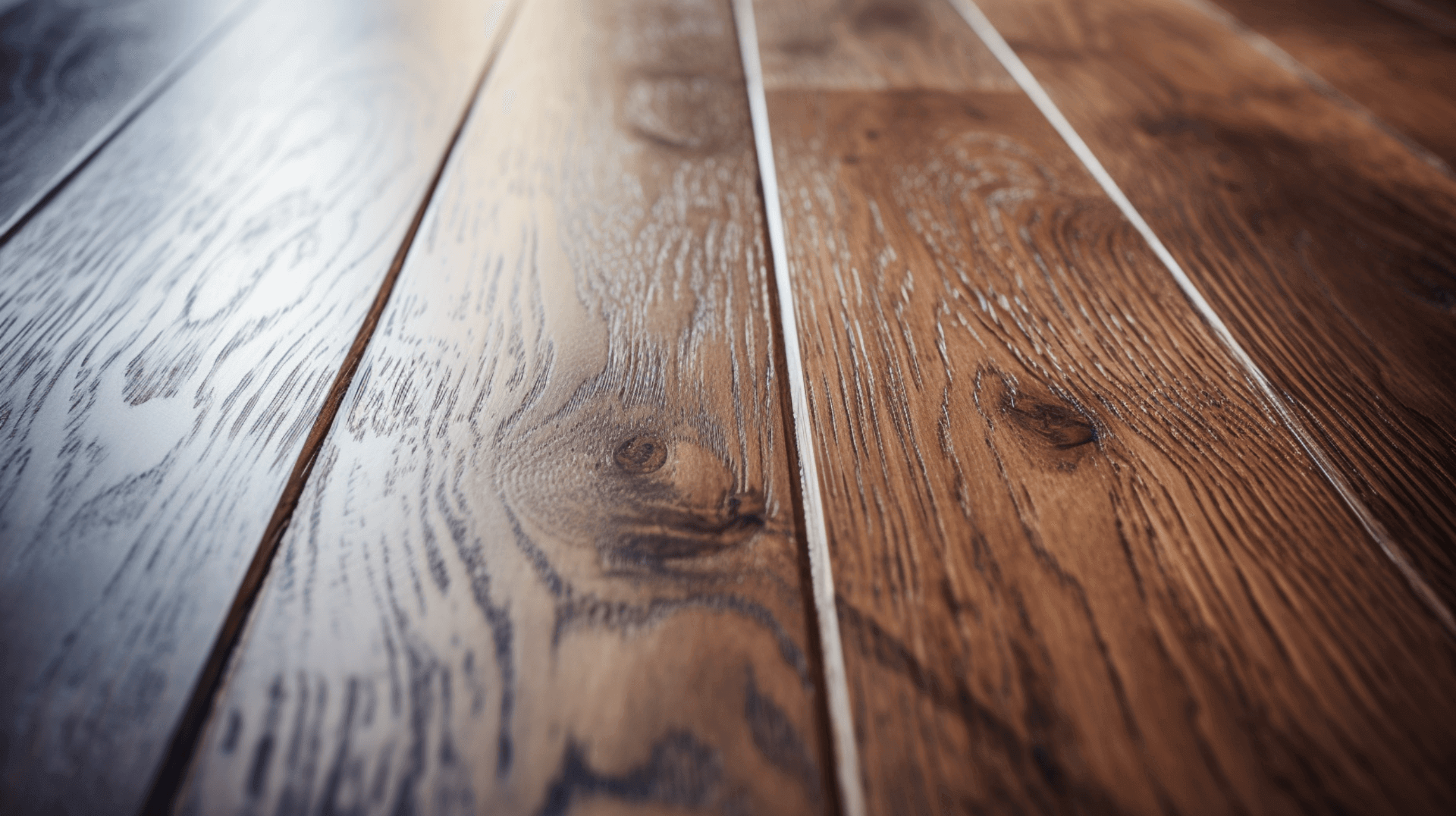Introduction: Why Engineered Wood Flooring is a Smart Investment
Engineered wood flooring is a smart investment for both home and business owners. It is a durable, cost-effective, and attractive flooring option that is suitable for a variety of applications.
Engineered wood flooring is made up of multiple layers of wood, with the top layer being a hardwood veneer. This construction makes it more stable than solid wood flooring, and less prone to warping and shrinking due to changes in temperature and humidity. It is also more resistant to scratches and dents, making it a great choice for high-traffic areas.
One of the main reasons why engineered wood flooring is considered a smart investment is its durability. It is designed to withstand heavy use and can last for decades with proper care. This makes it a cost-effective option in the long run, as it eliminates the need for frequent replacements.
In addition to its durability, engineered wood flooring is also a cost-effective option. It is typically less expensive than solid wood flooring, making it a more affordable choice for homeowners and business owners. Furthermore, it can be installed over existing flooring, which can save both time and money on installation costs.
When compared to other flooring options, engineered wood flooring stands out for its versatility. It is available in a variety of colors, styles, and finishes, making it easy to find a flooring option that fits any dcor. It is also easy to install, and can be installed over concrete, plywood, or existing flooring.
Overall, engineered wood flooring is a smart investment for both home and business owners. Its durability, cost-effectiveness, and versatility make it a great choice for any space.
The Durability of Engineered Wood Flooring: A Closer Look
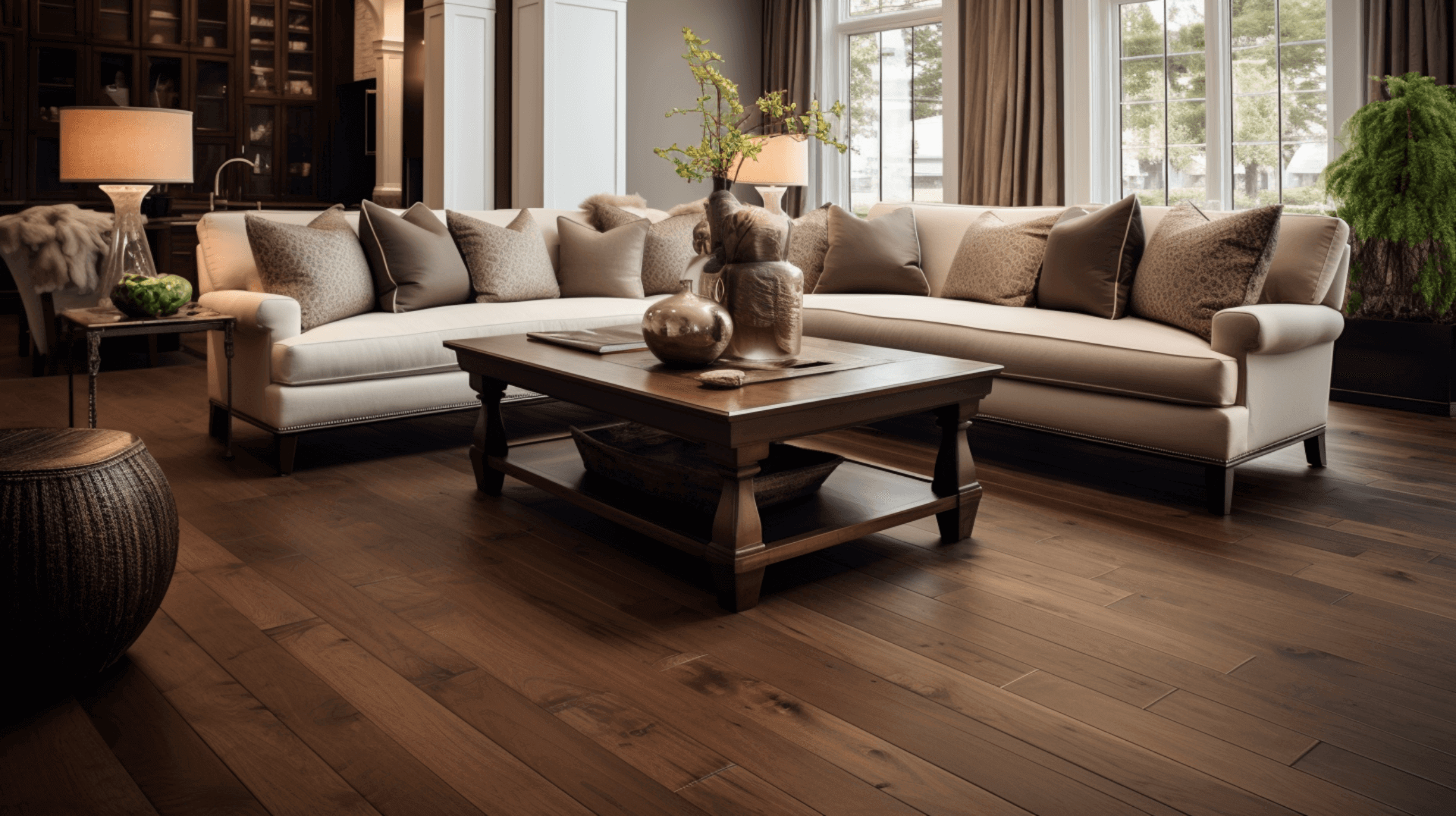
Engineered wood flooring is renowned for its durability, making it a great choice for both home and business owners. Its construction, which consists of multiple layers of wood, makes it more stable than solid wood flooring and less prone to warping and shrinking due to changes in temperature and humidity. It is also more resistant to scratches and dents, making it a great choice for high-traffic areas.
When compared to other flooring options, engineered wood flooring stands out for its durability. It is designed to withstand heavy use and can last for decades with proper care. This makes it a cost-effective option in the long run, as it eliminates the need for frequent replacements.
The durability of engineered wood flooring is largely determined by the quality of the materials used in its construction. The top layer, which is a hardwood veneer, should be made from high-quality wood, such as oak or walnut, to ensure maximum durability. The other layers should also be made from high-quality materials, such as plywood or high-density fiberboard, to ensure the flooring is stable and resistant to warping and shrinking.
In addition to the quality of the materials, proper installation and maintenance practices also contribute to the durability of engineered wood flooring. Ensuring the flooring is installed correctly and following recommended maintenance guidelines, such as avoiding excessive moisture and using appropriate cleaning products, can help preserve its durability over time.
Overall, the combination of its construction, high-quality materials, and proper installation and maintenance make engineered wood flooring a durable and long-lasting choice for both residential and commercial spaces.
The Longevity of Engineered Wood Flooring: What to Expect

Engineered wood flooring is renowned for its longevity, making it a great choice for both home and business owners. With proper care and maintenance, it can last for decades, making it a cost-effective option in the long run.
The longevity of engineered wood flooring is largely determined by the quality of the materials used in its construction. The top layer, which is a hardwood veneer, should be made from high-quality wood, such as oak or walnut, to ensure maximum durability. The other layers should also be made from high-quality materials, such as plywood or high-density fiberboard, to ensure the flooring is stable and resistant to warping and shrinking.
Additionally, to improve the thermal performance of a suspended timber floor, it should comply with the current relevant national building regulations. In England, Wales, and Northern Ireland, the floor should achieve a thermal transmittance (U-value) of at least 0.25 W/m2K, while in Scotland, the floor should achieve a thermal transmittance (U-value) of at least 0.18 W/m2K. It is important to consult the manufacturer or a professional to ensure the flooring meets these standards.
Overall, engineered wood flooring offers exceptional longevity when properly cared for. Its quality construction, high-quality materials, and compliance with building regulations make it a durable and reliable choice for both residential and commercial spaces.
The Construction of Engineered Wood Flooring: Understanding its Strength

Engineered wood flooring is renowned for its strength and durability, making it an excellent choice for both home and business owners. Its construction, consisting of multiple layers of wood, provides enhanced stability and resistance to warping and shrinking caused by temperature and humidity changes. The top layer, made of hardwood veneer, adds to its stability and durability. The other layers, typically composed of plywood or high-density fiberboard, contribute to its overall strength and resistance to warping and shrinking.
To ensure the longevity of engineered wood flooring, it is important to consider various factors. Adequate ventilation and protection against weather ingress are crucial to prevent moisture-related issues that can affect the flooring’s durability. The presence of water or condensate pipes in the sub-floor voids should also be taken into account, as they can lead to moisture damage and decay in exposed timbers. It is recommended to address any leaks or symptoms of severe decay before installing the flooring.
Additionally, repairs may be required to facilitate the installation of insulation, which can further enhance the flooring’s performance and longevity. Following the manufacturer’s customer care guidelines is essential for proper installation and maintenance. This includes regular cleaning using appropriate products and avoiding excessive moisture exposure.
By considering these factors and following proper installation and maintenance practices, homeowners and business owners can ensure that their engineered wood flooring remains strong, durable, and visually appealing for many years to come.
The CostEffectiveness of Engineered Wood Flooring: A Wise Investment
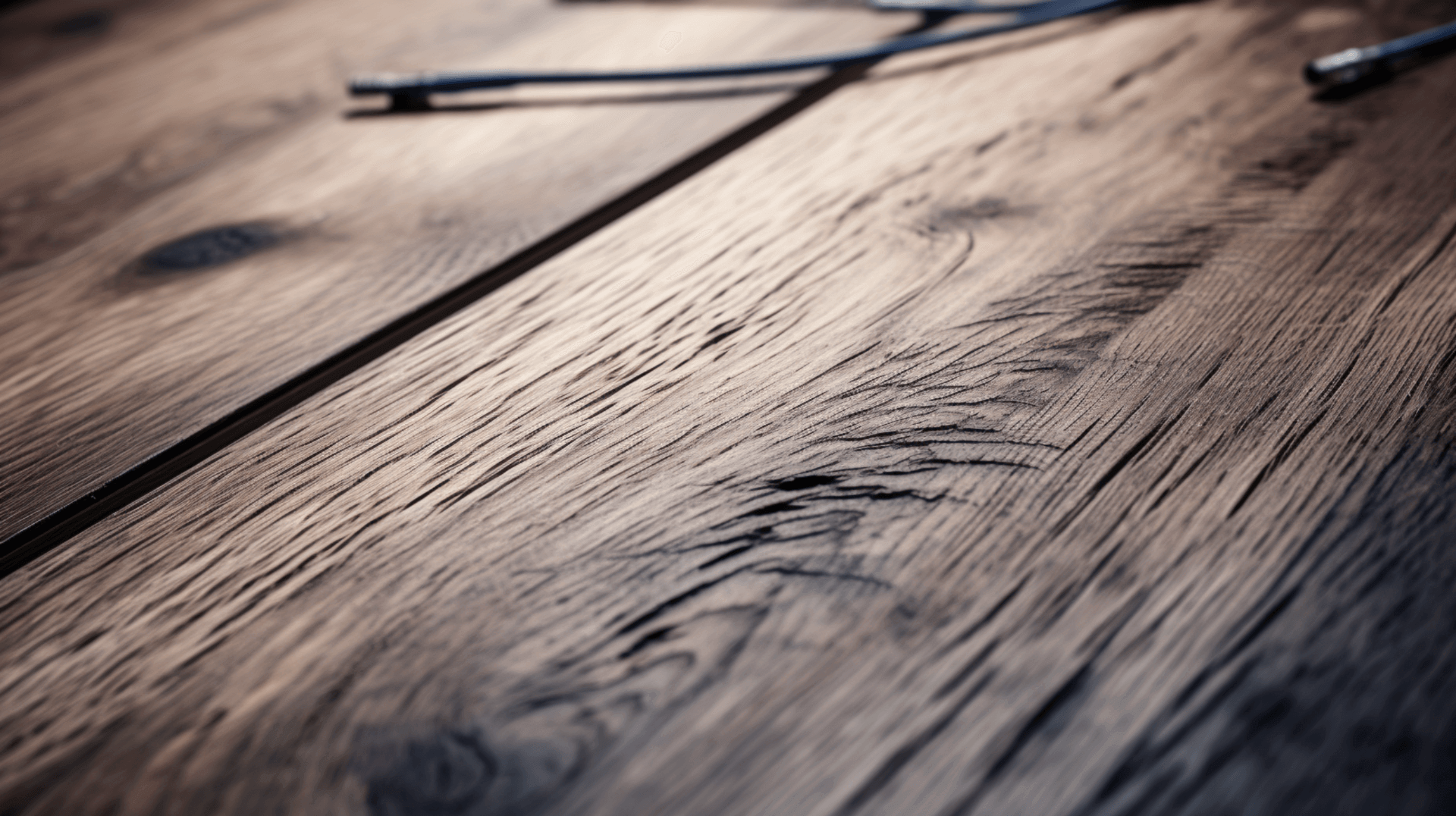
Engineered wood flooring is renowned for its cost-effectiveness, making it a great choice for both home and business owners. Its construction, which consists of multiple layers of wood, makes it more stable than solid wood flooring and less prone to warping and shrinking due to changes in temperature and humidity. This makes it a more durable and long-lasting option, eliminating the need for frequent replacements.
When compared to other flooring options, engineered wood flooring stands out for its cost-effectiveness. Its quality construction and high-quality materials make it a reliable and durable choice that can last for decades with proper care. This makes it a cost-effective option in the long run, as it eliminates the need for frequent replacements.
The cost-effectiveness of engineered wood flooring is further enhanced by its thermal performance. It complies with the current relevant national building regulations, ensuring it achieves the required thermal transmittance (U-value) standards. This means that it not only provides durability but also contributes to energy efficiency, reducing heating and cooling costs over time.
Additionally, the low maintenance requirements of engineered wood flooring add to its cost-effectiveness. Unlike some other flooring options, it does not require regular sanding and refinishing. Instead, it can be easily cleaned with regular sweeping and occasional mopping, saving both time and money on maintenance.
Overall, the combination of its stability, durability, compliance with building regulations, energy efficiency, and low maintenance requirements makes engineered wood flooring a highly cost-effective choice for both residential and commercial spaces. It provides long-term value, reduces the need for frequent maintenance and replacements, contributes to energy efficiency, and can withstand heavy use, making it a wise investment for homeowners and business owners alike.
The Aesthetic Appeal of Engineered Wood Flooring: Enhancing Your Space
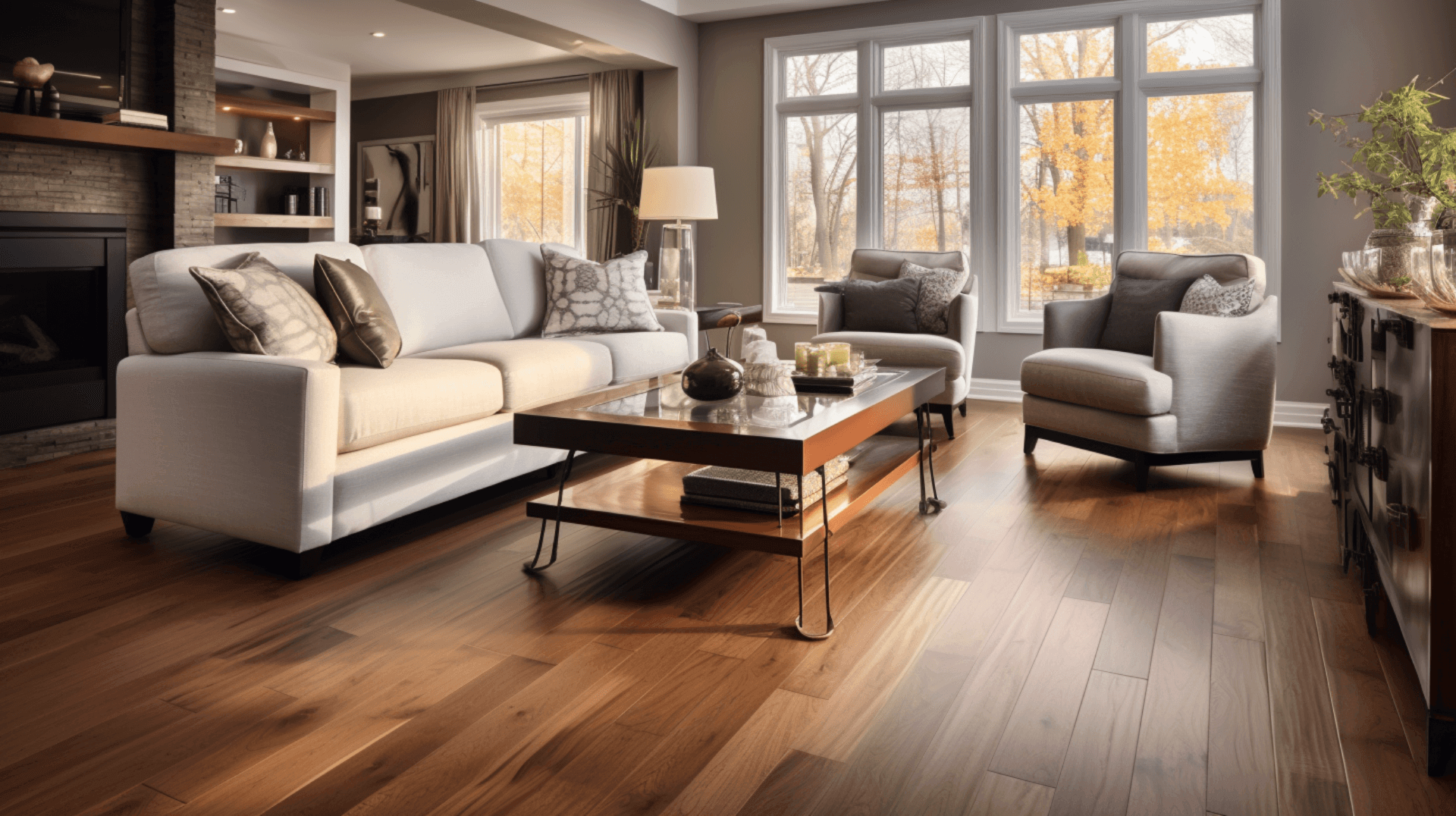
Engineered wood flooring enhances the aesthetic appeal of a space through its natural beauty, versatility, and various styles and finishes available. Its construction, consisting of multiple layers of wood, provides enhanced stability and resistance to warping and shrinking caused by temperature and humidity changes. This durability ensures that the flooring remains visually appealing for a long time, reducing the need for frequent replacements.
Engineered wood flooring is available in a variety of styles and finishes, allowing homeowners and business owners to choose the one that best suits their needs and preferences. From traditional hardwood to modern laminate, there is something for everyone. The top layer, made of hardwood veneer, adds to its stability and durability, while the other layers, typically composed of plywood or high-density fiberboard, contribute to its overall strength and resistance to warping and shrinking.
To ensure the longevity of engineered wood flooring, it is important to consider various factors. Adequate ventilation and protection against weather ingress are crucial to prevent moisture-related issues that can affect the flooring’s durability. The presence of water or condensate pipes in the sub-floor voids should also be taken into account, as they can lead to moisture damage and decay in exposed timbers. Additionally, following the manufacturer’s customer care guidelines for installation and maintenance is essential.
With its natural beauty, versatility in styles and finishes, and the ability to complement different interior design themes, engineered wood flooring truly enhances the aesthetic appeal of any space. Whether it’s creating a cozy and rustic atmosphere or a sleek and modern look, this flooring option offers endless possibilities for homeowners and business owners to elevate the visual appeal of their spaces.
The Environmental Impact of Engineered Wood Flooring: A Sustainable Choice

Engineered wood flooring is a sustainable choice for both home and business owners, as it is made from renewable resources and has a low environmental impact. Its construction, consisting of multiple layers of wood, provides enhanced stability and resistance to warping and shrinking caused by temperature and humidity changes. This durability ensures that the flooring remains visually appealing for a long time, reducing the need for frequent replacements.
The production process of engineered wood flooring is designed to minimize its environmental impact. The wood used in the production process is sourced from sustainably managed forests, ensuring that the forests are not over-harvested and that the environment is protected. Additionally, the production process is designed to reduce waste and conserve energy, making it a more sustainable choice.
The environmental benefits of engineered wood flooring extend beyond its production process. Its durability and low maintenance requirements reduce the need for frequent replacements, which in turn reduces the amount of waste generated. Additionally, its thermal performance ensures that it complies with the current relevant national building regulations, contributing to energy efficiency and reducing heating and cooling costs over time. To achieve the required thermal transmittance (U-value) standards, it is important to consider various factors such as adequate ventilation and protection against weather ingress.
Overall, choosing engineered wood flooring is a sustainable choice that helps protect the environment. Its construction and production process minimize environmental impact, while its durability and low maintenance requirements reduce waste and energy consumption. By opting for engineered wood flooring, home and business owners can enjoy a visually appealing and sustainable flooring option.
The Maintenance of Engineered Wood Flooring: Ensuring Durability and Longevity
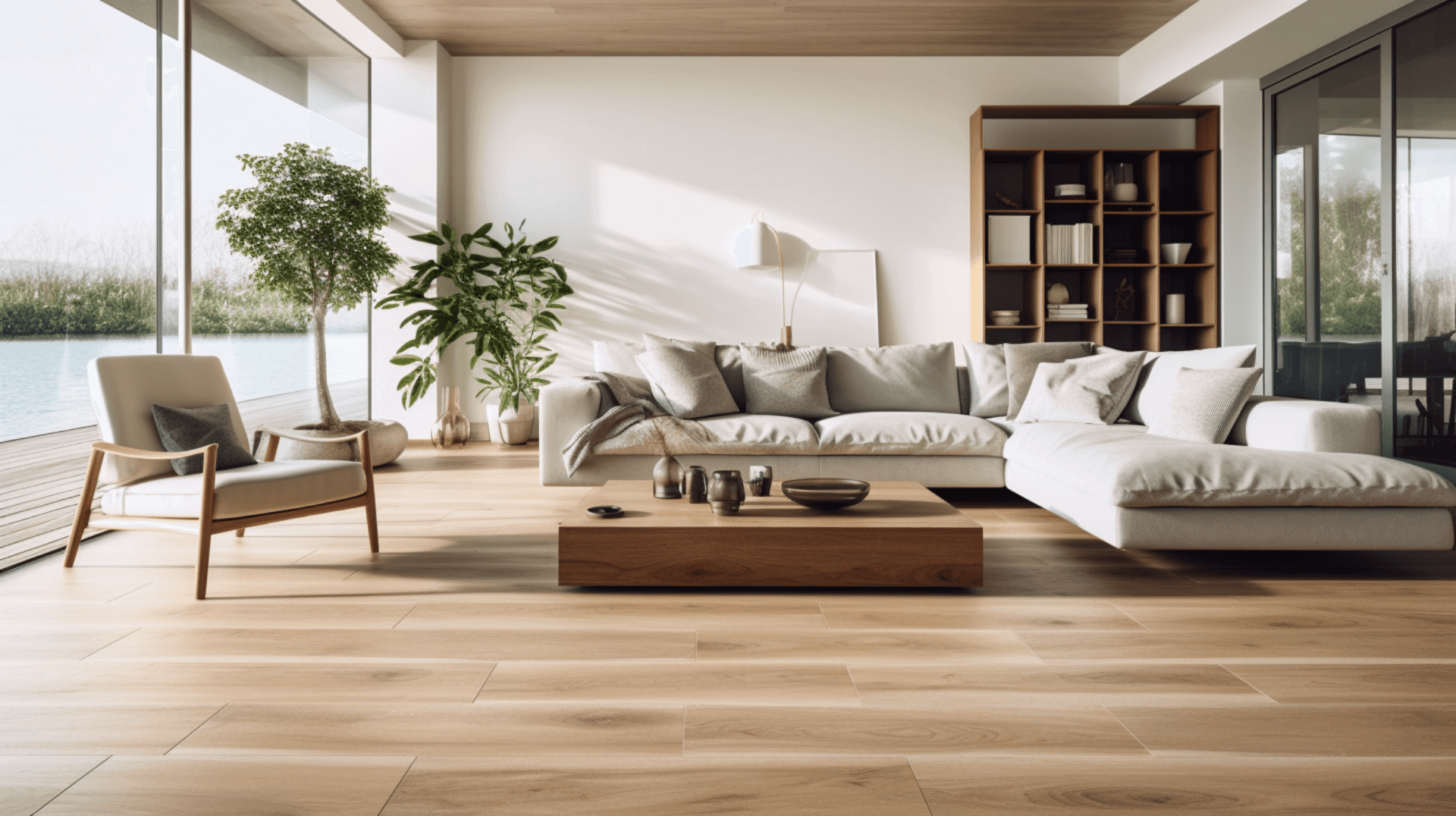
Regular maintenance is essential to ensure the durability and longevity of engineered wood flooring. Proper maintenance helps protect the flooring from wear and tear, as well as from dirt, dust, and moisture-related issues.
The best practices for maintaining engineered wood flooring include regular sweeping and occasional mopping. This helps remove dirt, debris, and any accumulated moisture that can cause damage. It is important to use a vacuum cleaner with a soft brush attachment to avoid scratching the flooring. Additionally, using a damp mop and a mild cleaning solution specifically designed for wood flooring helps maintain its appearance and integrity.
To protect the flooring from moisture-related issues, it is crucial to ensure adequate ventilation and protection against weather ingress. This prevents moisture damage and decay in exposed timbers. It is also important to inspect for the presence of water or condensate pipes in the sub-floor voids, as they can contribute to moisture-related problems.
By following these maintenance practices, you can ensure that your engineered wood flooring remains in optimal condition, providing durability and longevity for years to come.
The Installation of Engineered Wood Flooring: Getting it Right
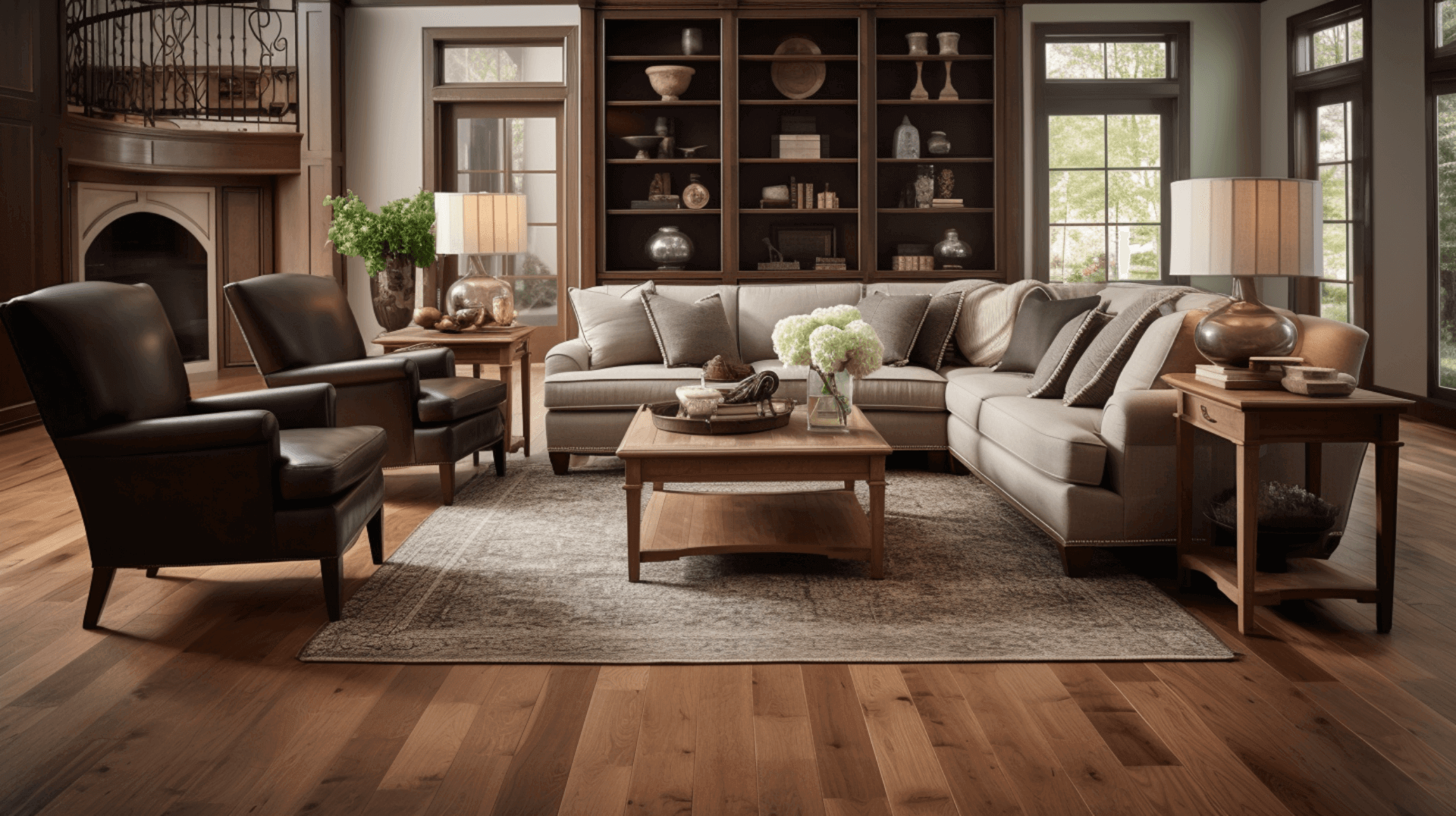
Proper installation is essential to ensure the durability and longevity of engineered wood flooring. When installing engineered wood flooring, it is important to consider various factors such as the sub-floor, the type of adhesive used, and the presence of any existing defects or problems. Additionally, it is crucial to follow the manufacturer’s customer care guidelines for installation and maintenance.
The key considerations when installing engineered wood flooring include verifying the address for installation and ensuring that the customer is aware of the purpose of the visit and what they can expect. Adequate ventilation should be ensured to prevent moisture-related issues. It is also important to inspect the sub-floor for the presence of water or condensate pipes, as they can contribute to moisture-related problems. Visual inspection of floor timbers near potential sources of dampness and any evidence of fungal growth should be conducted.
Proper installation contributes to the durability and longevity of engineered wood flooring by ensuring that it is securely and correctly installed. This helps prevent issues such as warping, buckling, and gaps between the planks. By following the manufacturer’s guidelines and considering the specific needs of the space, you can create a long-lasting and visually appealing flooring solution for both home and business owners.
While some individuals may choose to install engineered wood flooring themselves, there are benefits to professional installation. Professional installers have the expertise and experience to handle the installation process efficiently and effectively. They can ensure that the flooring is installed correctly, minimizing the risk of issues and maximizing its durability. Additionally, professional installation often comes with warranties or guarantees, providing peace of mind for the homeowner or business owner.
The Role of Professional Floor Sanding in Maintaining Engineered Wood Flooring
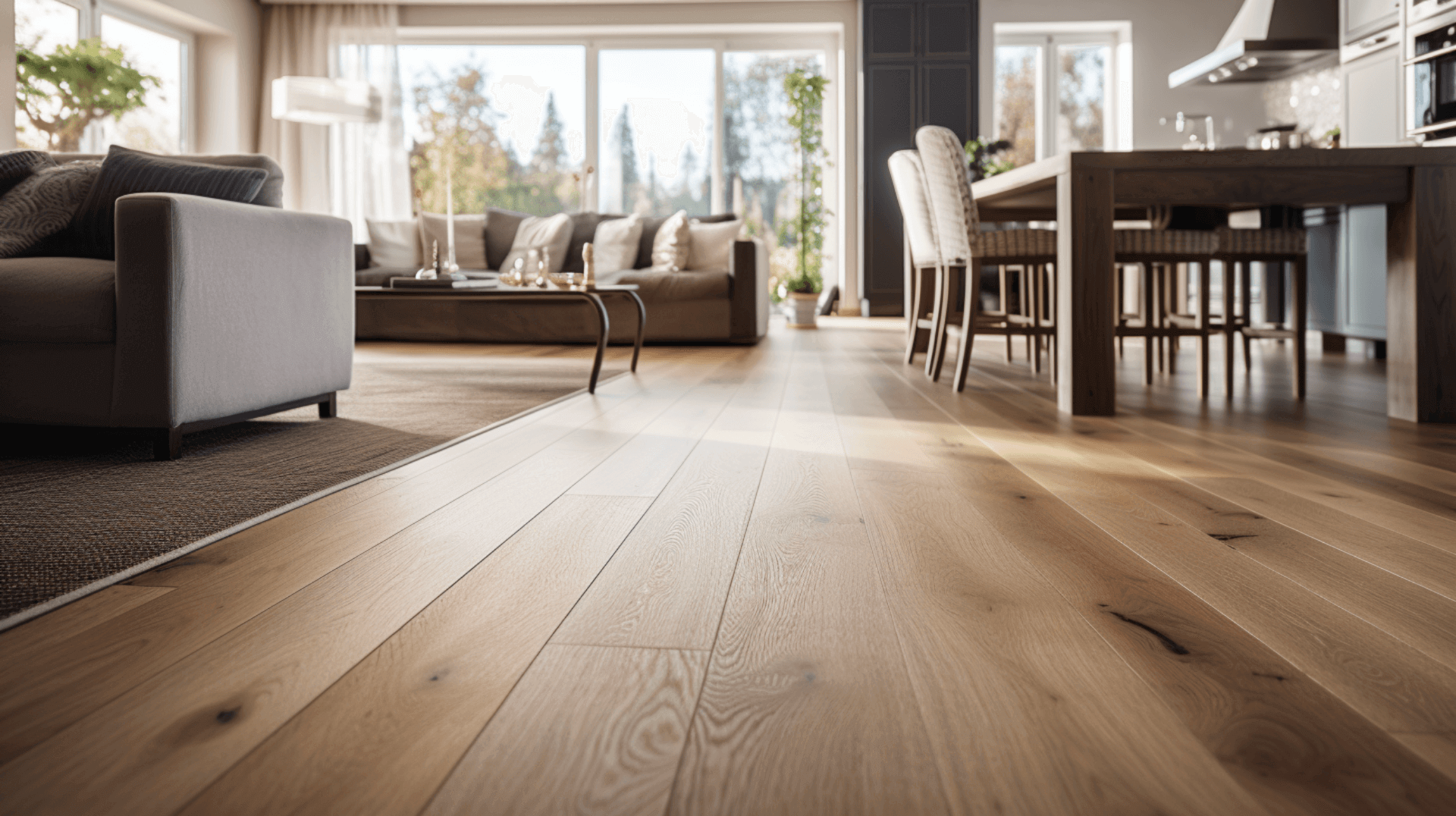
Floor sanding is an essential part of maintaining engineered wood flooring. It not only restores the flooring’s original appearance but also eliminates scratches, dents, and other signs of wear and tear. Professional floor sanding services like GJP Floor Sanding are highly recommended for ensuring a correct and efficient job.
By removing accumulated dirt, dust, and debris, floor sanding helps to create a clean and even surface. It also addresses any unevenness, ensuring that the flooring is level and smooth. floor sanding effectively eliminates stains and discoloration, bringing back the flooring’s original beauty.
Professional floor sanding services like GJP Floor Sanding offer numerous benefits. Our expertise and experience enable us to handle the job with efficiency and effectiveness, ensuring that the flooring is sanded correctly and completed within a reasonable timeframe. These professionals utilize the latest equipment and techniques to achieve the highest standards of quality.
In addition to sanding, it is important to inspect the flooring for signs of decay or infestation. Measuring the timber moisture content is also crucial to ensure it remains below 20%. These precautions help maintain the integrity and longevity of the engineered wood flooring.
Overall, professional floor sanding plays a vital role in maintaining engineered wood flooring. It restores the flooring’s appearance, eliminates imperfections, and ensures a smooth and even surface. By relying on experts like GJP Floor Sanding, home and business owners can enjoy the benefits of a well-maintained and visually appealing flooring solution.
Expert Insights: Why Professionals Recommend Engineered Wood Flooring
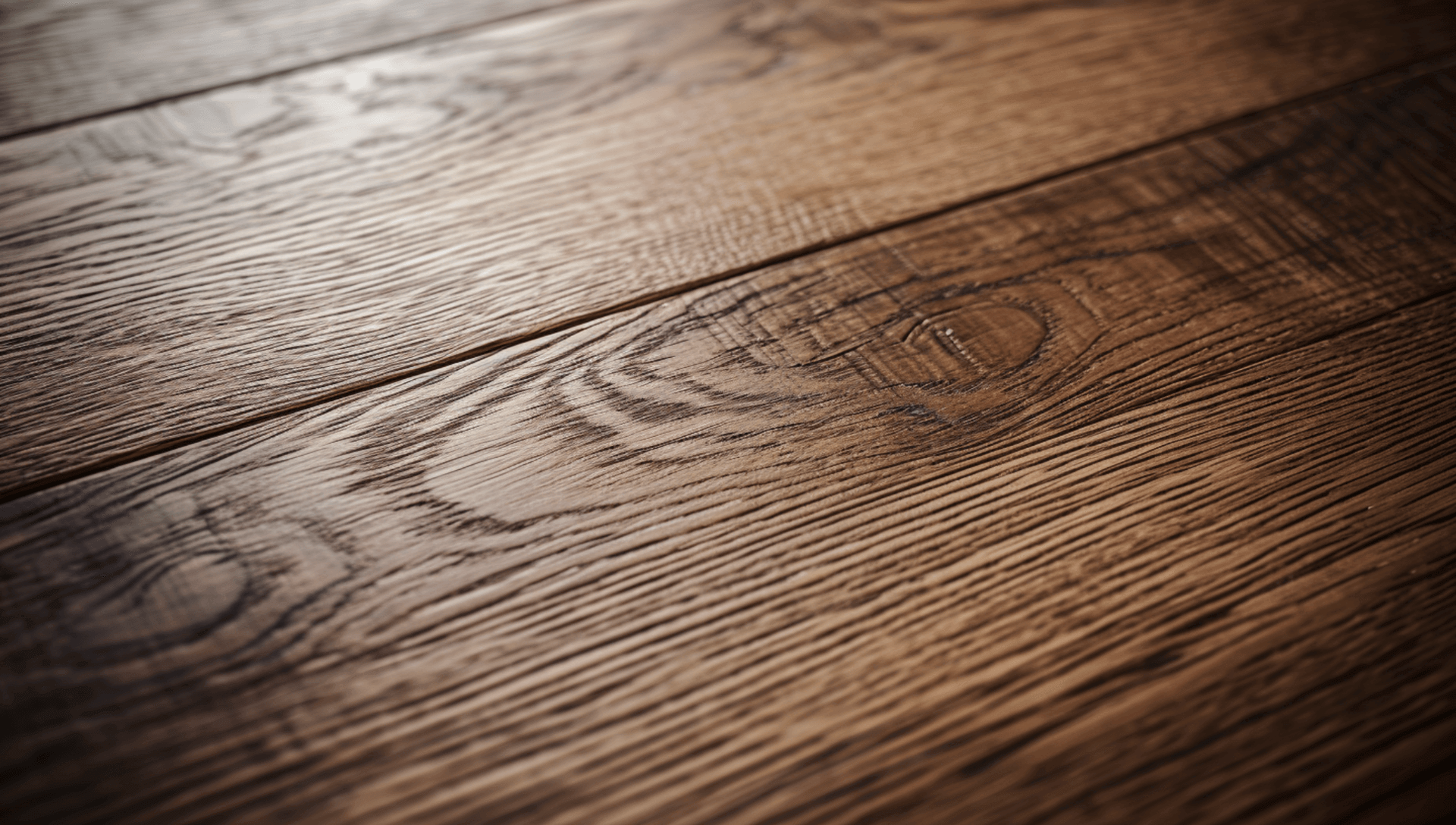
Flooring professionals recommend engineered wood flooring for its durability, longevity, and aesthetic appeal. It is a cost-effective and low-maintenance solution that is suitable for both residential and commercial spaces.
When installing engineered wood flooring, it is important to consider various factors such as the sub-floor, the type of adhesive used, and the presence of any existing defects or problems. Additionally, it is crucial to follow the manufacturer’s customer care guidelines for installation and maintenance. Adequate ventilation should be ensured to prevent moisture-related issues, and visual inspection of floor timbers near potential sources of dampness and any evidence of fungal growth should be conducted. Timber moisture content should not exceed 20%, and timber joists should be free from infestation and rot. It is also important to inspect for the presence of water or condensate pipes in the sub-floor voids, as they can contribute to moisture-related problems.
Experts emphasize the importance of proper installation and maintenance for ensuring the durability and longevity of engineered wood flooring. Regular sweeping and mopping help remove dirt, debris, and any accumulated moisture that can cause damage. Additionally, professional floor sanding services like GJP Floor Sanding play a vital role in maintaining the flooring’s appearance and integrity. We can effectively eliminate scratches, dents, and signs of wear and tear, restoring the flooring’s original beauty. These professionals utilize the latest equipment and techniques to achieve the highest standards of quality.
By following these recommendations and relying on professional services like GJP Floor Sanding, home and business owners can enjoy the benefits of a well-maintained and visually appealing engineered wood flooring solution. The expertise of GJP Floor Sanding enhances the lifespan of engineered wood flooring by providing efficient and correct floor sanding services. We have the necessary experience and knowledge to handle the job effectively, ensuring a smooth and even surface that eliminates imperfections and restores the flooring’s original appearance. With our use of the latest equipment and techniques, GJP Floor Sanding delivers high-quality results that enhance the durability and longevity of engineered wood flooring.
Contact Us: Invest in Durable and LongLasting Engineered Wood Flooring with GJP Floor Sanding
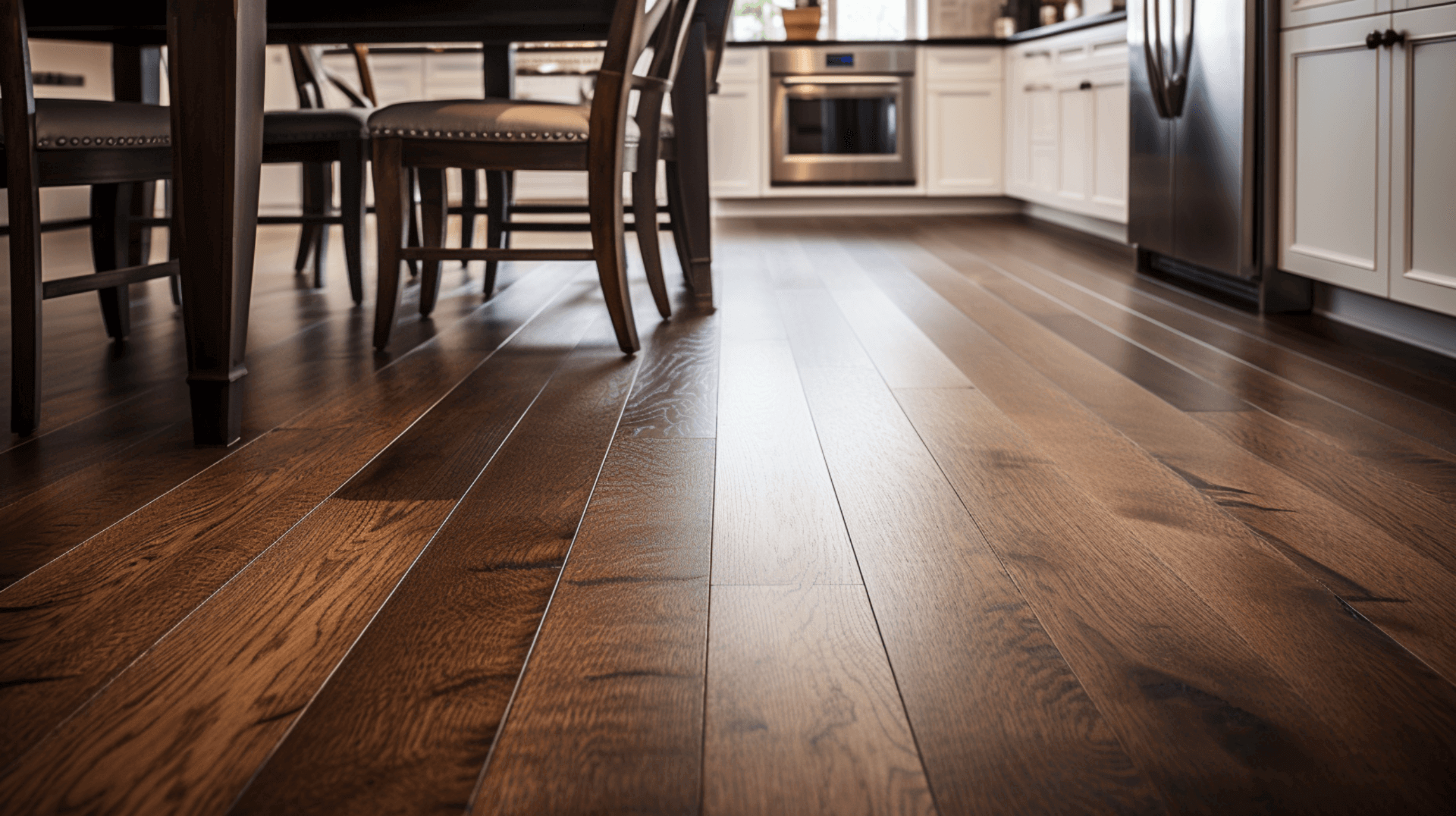
GJP Floor Sanding is the perfect partner for home and business owners looking to invest in durable and long-lasting engineered wood flooring. Our expertise and experience enable us to handle the job with efficiency and effectiveness, ensuring that the flooring is installed correctly and completed within a reasonable timeframe.
GJP Floor Sanding offers a wide range of services for engineered wood flooring, including installation, maintenance, and repair. We can inspect the flooring for signs of decay or infestation, measure the timber moisture content, and ensure adequate ventilation. Additionally, we can effectively eliminate scratches, dents, and signs of wear and tear, restoring the flooring’s original beauty. We can also inspect for the presence of water or condensate pipes in the sub-floor voids, as we can contribute to moisture-related problems.
For more information or to schedule a service, home and business owners can get in touch with GJP Floor Sanding. Our team of experts is available to answer any questions and provide advice on the best solutions for our needs. With our use of the latest equipment and techniques, GJP Floor Sanding delivers high-quality results that enhance the durability and longevity of engineered wood flooring.
